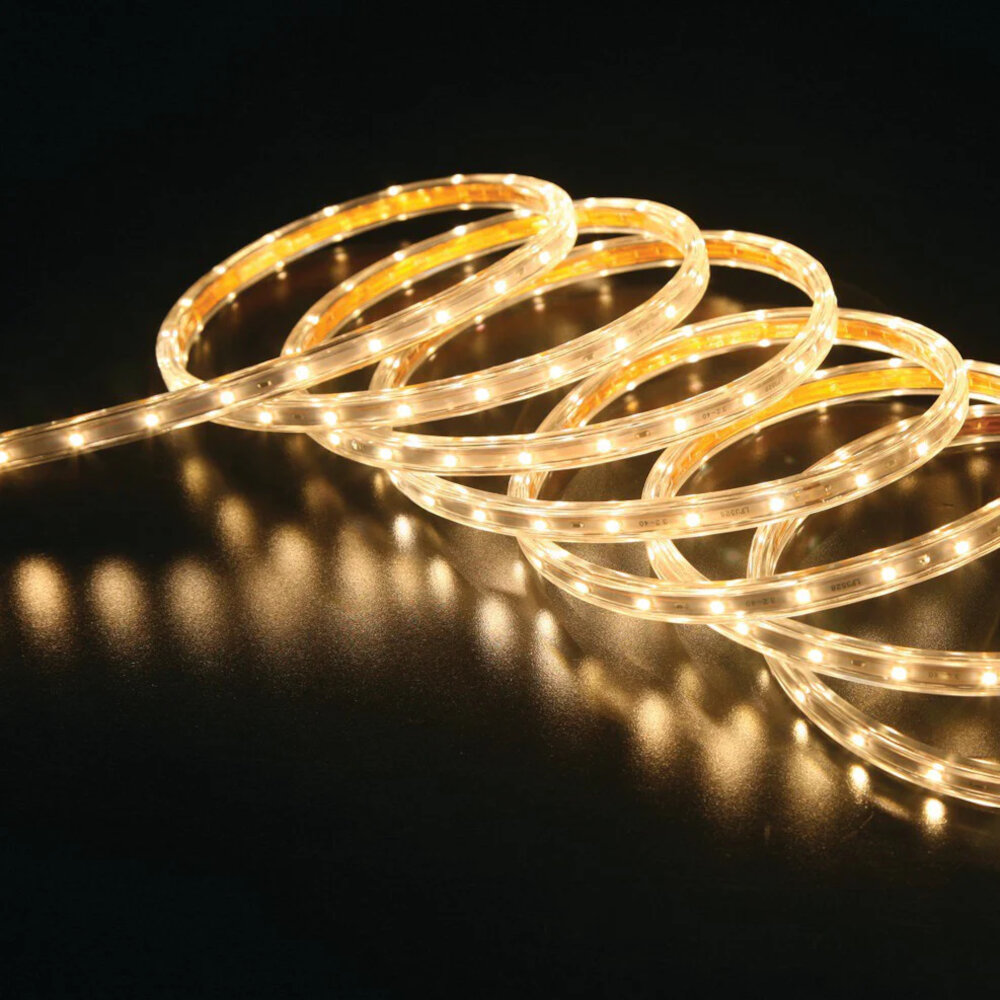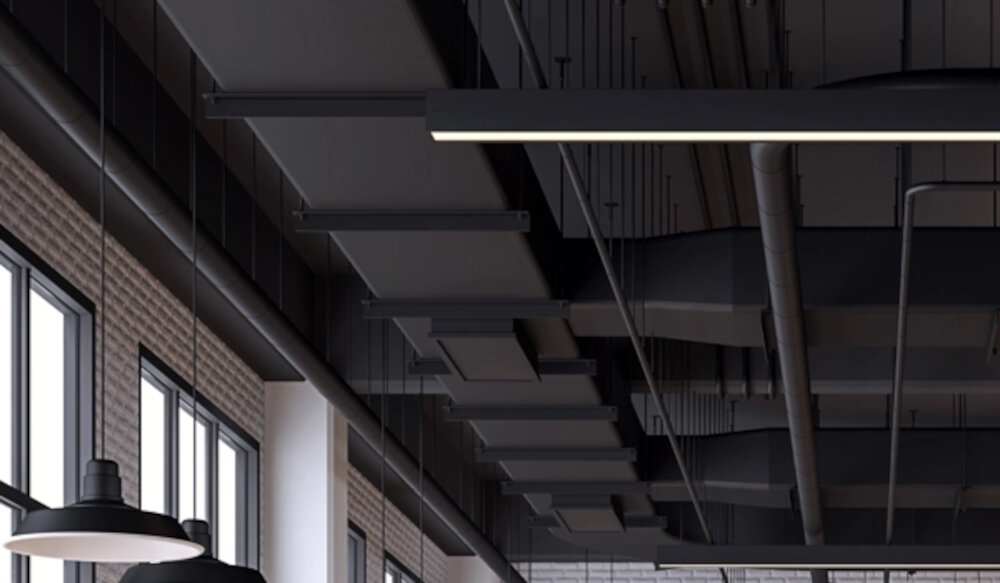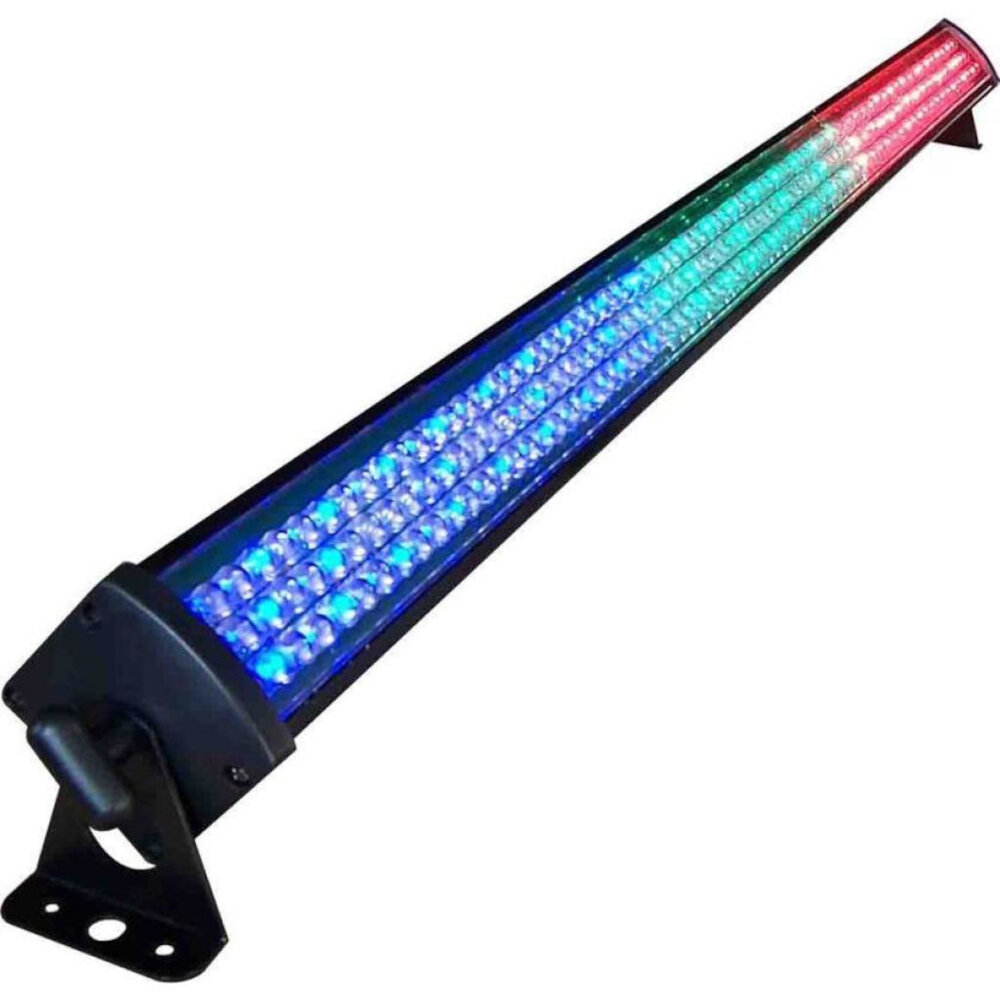Mastering Home Lighting: How to Easily Pair Your LED Lights with a Remote Control

Lighting can make or break the ambiance of any room. It can set the mood, enhance the decor, and even affect our well-being. With the increasing popularity of LED lights, it has become easier to achieve the perfect lighting for our homes. However, controlling these lights can sometimes become a hassle, especially if they are in hard-to-reach places or require constant adjustments. This is where a remote control comes in handy. By pairing your LED lights with a remote control, you can easily adjust the brightness, color, and even schedule when the lights turn on and off without having to get up from your seat. In this guide, we will walk you through the process of pairing your LED lights with a remote control, step-by-step. We will cover everything from the equipment you need to the different types of remote controls available. Whether you are a DIY enthusiast or a beginner, this guide will equip you with the knowledge to easily control your home lighting with a remote. Say goodbye to fumbling around with light switches and hello to a more convenient and efficient way of lighting your home.
Home lighting plays a vital role in setting the ambiance and improving the overall aesthetic appeal of any living space. Whether it’s for reading, cooking, or simply relaxing, the right lighting can make all the difference in creating a comfortable and inviting atmosphere. One of the most popular options for home lighting today is LED lights, which offer a range of benefits, including energy efficiency, durability, and long-lasting performance. When paired with a remote control, LED lights become even more convenient and versatile, allowing users to easily adjust the brightness, color, and ambiance of their lighting with just a few clicks. This not only enhances the convenience of home lighting but also elevates the overall experience, making it easier than ever to create the perfect lighting environment for any occasion.
Understanding LED Lights

Light Emitting Diodes, or LED lights, are a form of energy-efficient lighting that have become increasingly popular in recent years. Unlike traditional incandescent bulbs, which generate light by heating a filament until it glows, LED lights produce light through a process called electroluminescence. This means that they use much less electricity to produce the same amount of light, making them a more cost-effective and environmentally-friendly choice for home lighting. In addition to their energy efficiency, LED lights also offer a range of other benefits. They are long-lasting and durable, with an average lifespan of around 50,000 hours compared to just 1,000 hours for a typical incandescent bulb. They also come in a variety of colors and styles, from warm white to cool white to multicolored, making them a versatile choice for any home décor. With the right remote control, you can easily control the brightness and color of your LED lights, creating a customized lighting experience that suits your mood and needs.
LED lights, or Light Emitting Diodes, are a type of energy-efficient lighting technology that converts electrical energy into light. Unlike traditional incandescent bulbs, LED lights do not rely on a filament to produce light, but rather use a semiconductor material that emits light when electricity passes through it. LED lights are known for their longevity, durability, and energy efficiency, making them a popular choice for home lighting. They come in a variety of colors, shapes, and sizes, and can be used for a wide range of lighting applications, from ambient lighting to task lighting. With the ability to be easily paired with a remote control, LED lights offer a convenient and customizable lighting solution for any home.
LED lights offer several advantages over traditional lighting options. One of the most significant benefits is their energy efficiency. LED lights use far less electricity than traditional bulbs, which can help homeowners save money on their energy bills. Additionally, LED lights last much longer than traditional bulbs, which means less frequent replacement and less waste. LED lights also emit less heat than traditional bulbs, which can help keep homes cooler in the summer months. Finally, LED lights are available in a wide range of colors and can be easily controlled with a remote, making them a versatile and convenient choice for any home lighting needs. Overall, LED lights are a smart and cost-effective choice for homeowners looking to upgrade their lighting options.
There are numerous types of LED lights available in the market today, each with its own unique features and benefits. For example, LED strip lights are flexible and can be cut to fit any space, making them ideal for use in areas with limited space. Meanwhile, LED bulbs are perfect for replacing traditional bulbs, providing significant energy savings and longer lifespans. Additionally, LED spotlights provide targeted lighting for specific areas, while LED floodlights are ideal for illuminating large outdoor spaces. Other options include LED track lights, which can be adjusted to highlight specific objects or areas, and LED panel lights, which provide a sleek and modern look to any room. With so many options available, it’s easy to find the perfect LED lights to suit your needs and style preferences.
Choosing the Right Remote Control

When it comes to controlling your LED lights, choosing the right remote control is crucial. There are a variety of remotes available on the market, each with different features and capabilities. Before making a purchase, you must consider your specific needs and preferences. For instance, if you have multiple LED lights in different rooms, you should look for a remote that can control all of them at once. On the other hand, if you only have one LED light, a simple remote with basic functions will suffice. Additionally, you should consider the range of the remote control. If you have a large home, you may need a remote with a longer range to ensure that you can control your lights from anywhere in the house. Another important factor to consider is the type of LED lights you have. Some remotes are only compatible with specific types of LED lights, while others are more versatile. If you have RGB or color-changing LED lights, you will need a remote that allows you to change the colors and adjust the brightness. If you have dimmable LED lights, you should look for a remote that has a dimming function. It’s also a good idea to choose a remote with a timer function, so you can set your lights to turn on and off at specific times. Ultimately, the key to choosing the right remote control is to consider your specific needs and preferences, as well as the capabilities of your LED lights.
Choosing the right remote control is crucial in mastering home lighting. It can make the difference between a smooth and convenient lighting experience or a frustrating one. A compatible remote control will allow for seamless control of LED lights, making it easier to adjust the brightness, color, and even turn them on or off. A well-matched remote control will ensure that users can fully take advantage of the benefits that LED lights offer, such as energy efficiency and customizable ambiance. Furthermore, investing in a quality remote control that is specifically designed for LED lights can save time and money in the long run by avoiding compatibility issues and costly replacements. Therefore, it is imperative to select the right remote control to make the most out of the LED lighting experience.
Choosing the right remote control for your LED lights is essential to achieve the desired results. First and foremost, make sure the remote is compatible with your LED lights. Some remotes are designed to work with specific brands or models, so be sure to check the manufacturer’s specifications before purchasing. Additionally, consider the range of the remote and ensure it can operate the lights from the desired distance. Other factors to consider include the number of channels available, the ease of programming and the battery life of the remote. By taking these factors into account, you can select a remote control that will not only be compatible with your LED lights but also meet your specific needs and preferences.
Remote controls have become a common feature in modern homes, and they come in a variety of types. The most basic type is the infrared remote control, which uses infrared signals to communicate with devices. However, Bluetooth and Wi-Fi remote controls have become increasingly popular due to their ability to connect to devices from a greater distance. Some remote controls also come with voice control features that allow users to control their devices using voice commands. Additionally, there are specialized remote controls for specific devices such as TVs, home theater systems, and smart home devices. With the wide variety of remote controls available in the market, users can easily find one that suits their needs and preferences.
Pairing Your LED Lights with a Remote Control

Pairing your LED lights with a remote control is a great way to add convenience and flexibility to your home lighting system. With a remote control, you can easily turn your lights on and off, adjust their brightness, and even change their color from the comfort of your couch or bed. Plus, remote-controlled LED lights are ideal for hard-to-reach areas or rooms with multiple light sources, allowing you to control all of your lights with just one device. To pair your LED lights with a remote control, you’ll need to follow a few simple steps. First, make sure that your LED lights are compatible with a remote control. Most LED lights come with a remote control option, but it’s always best to double-check before purchasing. Next, turn off your LED lights and plug them into a power source. Then, hold down the pairing button on the remote control until the LED lights start to flash. Finally, release the button and wait for the LED lights to stop flashing, indicating that they’re now paired with the remote control. With just a few simple steps, you can easily master home lighting and enjoy the convenience of remote-controlled LED lights.
Pairing LED lights with a remote control is a simple process that can be done in a few easy steps. First, ensure that the LED lights are compatible with the remote control. Then, plug the lights into a power source and turn them on. Next, press and hold the pairing button on the remote control until the LED lights start flashing. Once the lights start flashing, release the button and wait for them to stop flashing. Test the remote control to ensure that it is working properly by turning the lights on and off and adjusting the brightness. With these easy steps, you can easily master home lighting and control your LED lights with a remote control for a more convenient and personalized experience.
When attempting to pair LED lights with a remote control, there can be a variety of issues that arise during the process. One common issue is the distance between the remote and the lights. If the distance is too far, the remote may not be able to communicate with the lights properly. Another issue is interference from other electronic devices or signals. This can cause disruptions in the pairing process and prevent the lights from responding to the remote control. Additionally, it is important to ensure that the LED lights are compatible with the remote control being used. If the lights and the remote are not designed to work together, pairing will not be successful. By troubleshooting these common issues, pairing LED lights with a remote control can be a seamless and enjoyable process.
Maximizing the Use of Your LED Lights with a Remote Control

LED lights are becoming more and more popular in modern homes due to their energy efficiency and longevity. However, to fully maximize their potential, it is essential to pair them with a remote control. This is because it allows you to control the lighting conditions, adjust color temperature and brightness, and set up schedules or timers for automatic control. With a remote control, you can also switch between different modes, such as party mode or reading mode, with just a few clicks. One of the benefits of using a remote control to manage your LED lights is the convenience it offers. You don’t have to get up from your seat or bed to turn the lights on or off, adjust the brightness or color temperature, or switch between modes. All you need is a remote control, which you can keep close by or even carry around with you. Additionally, remote controls make it easy to manage multiple LED lights from a single location, allowing you to create a cohesive and harmonious lighting scheme throughout your home. Overall, by pairing your LED lights with a remote control, you can take full control of your lighting conditions, enhance your home’s atmosphere, and save energy in the process.
To enhance your home lighting experience with LED lights and a remote control, follow these tips: First, choose the appropriate color temperature and brightness level to create the desired ambiance. Next, use the remote control to adjust the lighting settings, such as dimming or turning them on and off from a distance. Additionally, consider using LED strip lights to highlight certain areas or features in your home. Lastly, experiment with different color options to create a unique and personalized atmosphere. By using your LED lights with a remote control, you can easily adjust your home lighting to match your mood and needs, making your living space more comfortable and inviting.
LED lights with remote controls can be a fun and creative way to enhance your home lighting. One way to use them is to create a cozy atmosphere in your living room by dimming the lights and changing the colors to match your mood. You can also use them to highlight artwork or shelving by placing the lights behind or above them. Another creative use is to install the LED lights under your bed, creating a soft glow that can be controlled from the comfort of your sheets. The remote control feature allows you to easily switch between colors and brightness levels, making it easy to customize your lighting according to your preferences. With a little imagination and some LED lights, you can transform your home into a personalized oasis of light.
Home lighting is essential to create a comfortable living space, as it affects the ambiance, mood, and functionality of every room. LED lights with remote control are an excellent choice for modern homes as they offer numerous benefits. First and foremost, they are energy-efficient and eco-friendly, reducing electricity bills and carbon footprint. Secondly, they provide flexible lighting options, enabling users to adjust brightness, color, and intensity according to their preference and need. Moreover, LED lights with remote control enhance convenience and comfort by eliminating the hassle of manually switching on/off lights or changing bulbs. Overall, incorporating LED lights with remote control into home lighting not only improves aesthetics but also promotes energy-saving, convenience, and satisfaction.
In conclusion, mastering home lighting can be a daunting task, but with the right tools and knowledge, it can be an easy and enjoyable process. Pairing your LED lights with a remote control can enhance the ambiance of your home and provide convenience at the touch of a button. Remember to choose the right type of LED lights for your needs, whether it be for accent lighting or task lighting. Additionally, take the time to familiarize yourself with the features of your remote control to fully maximize its potential. With these tips in mind, you can easily create a comfortable and inviting atmosphere in your home with the perfect lighting.
Conclusion

In conclusion, mastering home lighting has never been easier with the availability of remote control technology. By pairing your LED lights with a remote control, you can easily customize and adjust your lighting settings to suit your preference and create the perfect ambiance for any occasion. With a wide range of options available, such as color-changing capabilities and dimming features, you can transform your living space into a cozy haven or a vibrant party zone with just a few clicks. So why settle for standard lighting when you can elevate your home lighting experience with the convenience of a remote control? Embrace the power of technology and take control of your home lighting today.




